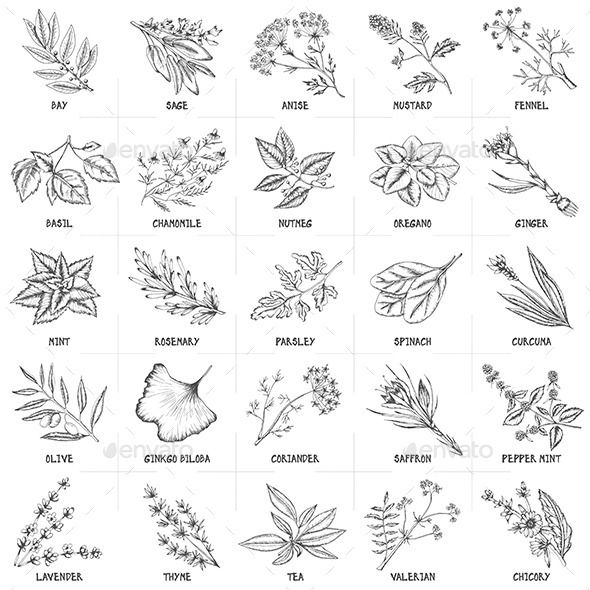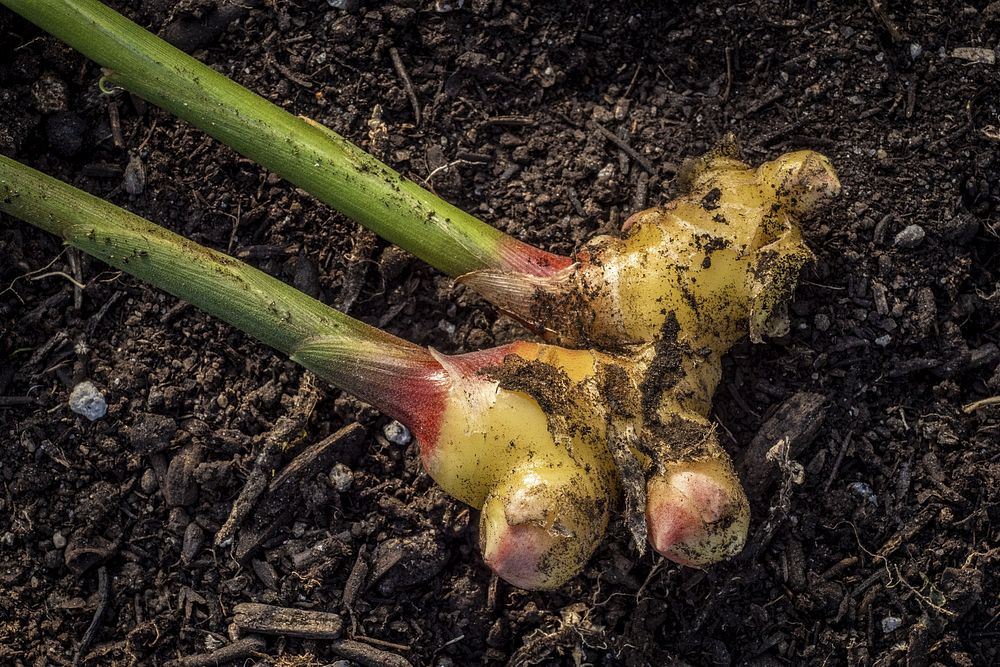Herbs are the unsung heroes of the plant world. Renowned for their culinary, medicinal, and aromatic qualities, herbs have been cultivated by humans for thousands of years. They come in an array of shapes, sizes, and colors, each with its distinct flavor and aroma profile. In this article, we’ll explore the fascinating world of herbs, their identification, uses, and growth cycles.
Understanding Herbs
Herbs are usually defined as plants with non-woody stems. They die back to the ground at the end of the growing season, although some, like rosemary and thyme, are evergreen. Here are the essential parts of a herb plant:
- Leaves: Most herbs are valued for their flavorful and aromatic leaves. They can be broad or needle-like, smooth or furry, depending on the species.
- Flowers: Herbs also produce flowers, which can be used in cooking or enjoyed for their visual appeal. The flowers often attract pollinators to the garden.
- Stems: Herb stems are typically soft and green, except in woody, shrubby herbs like rosemary and thyme.
- Roots: Some herbs, like turmeric and ginger, are grown primarily for their roots, which are used in cooking and medicine.
Identifying Herbs
Identifying herbs involves examining their leaves, flowers, stems, and sometimes roots. The following characteristics are essential:
- Leaf Shape and Texture: The shape, size, and texture of leaves are often key to identifying herbs. For example, basil has smooth, broad leaves, while rosemary has needle-like leaves.
- Aroma and Flavor: Crushing a leaf and smelling it can often identify herbs. The aroma is usually a clue to the flavor.
- Flower Shape and Color: The color, shape, and arrangement of flowers can also help in herb identification.
- Habitat and Growth Habit: Where the herb grows and how it grows (for example, whether it forms a rosette or grows upright) can also provide clues to its identity.
Herb Growth Cycles
Herbs can be annual, biennial, or perennial. Annual herbs (like basil and cilantro) complete their life cycle in one growing season. Biennial herbs (like parsley and caraway) need two growing seasons to complete their life cycle. In the first year, they produce leaves and, in the second year, they flower, produce seeds, and die. Perennial herbs (like rosemary and mint) can live for several years.
Herbs offer a wealth of flavors, aromas, and health benefits. Understanding their structure, learning to identify them, and knowing their growth cycles can enrich our cooking, enhance our gardens, and even improve our well-being. So, the next time you pluck a sprig of thyme or mint, take a moment to appreciate the wonders of the herb world. It’s sure to make your herbal experiences even more rewarding.



